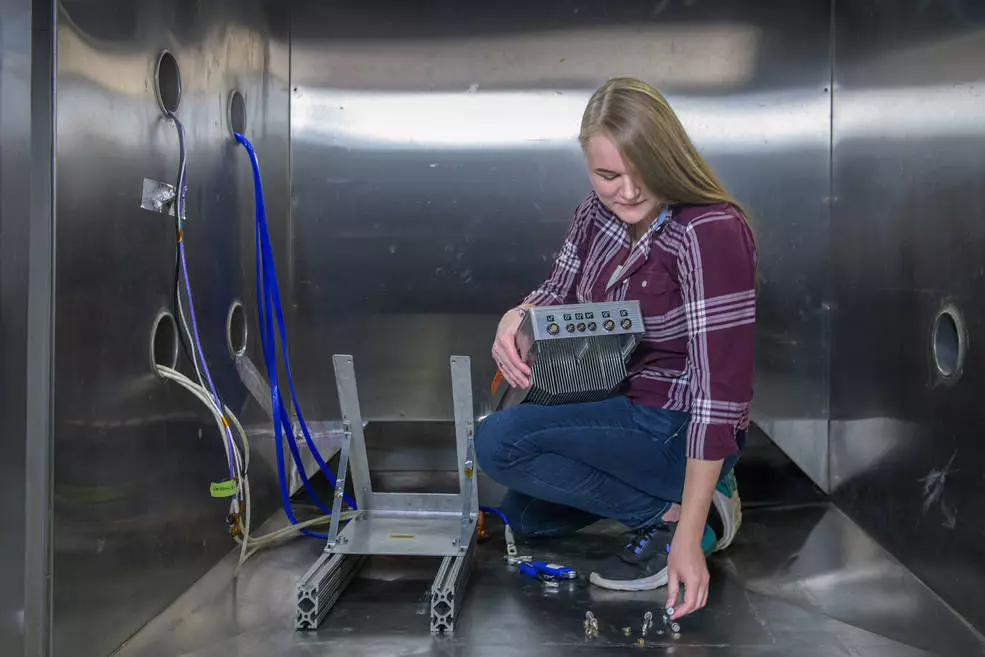In an aerospace example of the operation being a success but the patient dying, NASA has declared a satisfactory end to its X-57 Maxwell all-electric aircraft project, despite the fact that the research plane will never leave the ground.
The American X-plane program has been around since the end of the Second World War and over nearly 80 years it has produced a remarkable array of aircraft design, not to create production planes, but to push the boundaries of aerospace engineering. This has resulted in the supersonic X-1 and its successors, the hypersonic X-15, lifting bodies that allow aircraft fuselages to act as their own wings, potential single-stage-to-orbit spacecraft using radically new engine designs, and what we now know as the F-35 Lightning II Joint Strike Fighter.
In recent years, NASA has also been looking at more eco-friendly aircraft, including quieter supersonic airliners, low emission vehicles, and all-electric planes, one of which is the X-57.
Beginning in 2016, the X-57 was a modified Italian Tecnam P2006T, which was chosen instead of building an all-new aircraft in order to give a baseline conventional airframe to compare experimental results to. The purpose of the project was to not only advance electric aircraft technology, but to do so in a way that would help set standards for certifying future vehicles as well as to aid the aerospace industry to reach net zero by 2050.

To this end, the X-57 team looked at battery technology, encountering overheating problems that required a new battery design. Another challenge was in developing controllers that convert energy from the lithium-ion batteries into a form useful to the motors. This involved inverters that could handle not only cruising, but the demands of takeoff and landing as well as introducing silicon carbide transistors that deliver 98% efficiency for such high-power tasks without overheating. In addition, the team found that electromagnetic radiation interfered with the systems and they had to develop new filters to eliminate the issue.

However, despite these advances, NASA has ruled out the X-57 ever taking to the air, citing last-minute technical problems and difficulties in procuring the components needed to make the experimental craft airworthy before the project ends in September, followed by a period when the team winds up details and prepares the technical research for publication.
"NASA’s goal is to drive innovation through groundbreaking research and technology development. The X-57 project team has done just that by providing foundational information to industry through lessons learned, and we’re seeing the benefits borne out by American commercial aviation companies that are aiming to change the way we fly," said Brad Flick, director of NASA's Armstrong Flight Research Center in Edwards, California. "I’m incredibly proud of their tenacity and ingenuity as they led the way in advancing electrified propulsion. The future of electrified propulsion is possible because of their contributions."
Source: NASA






